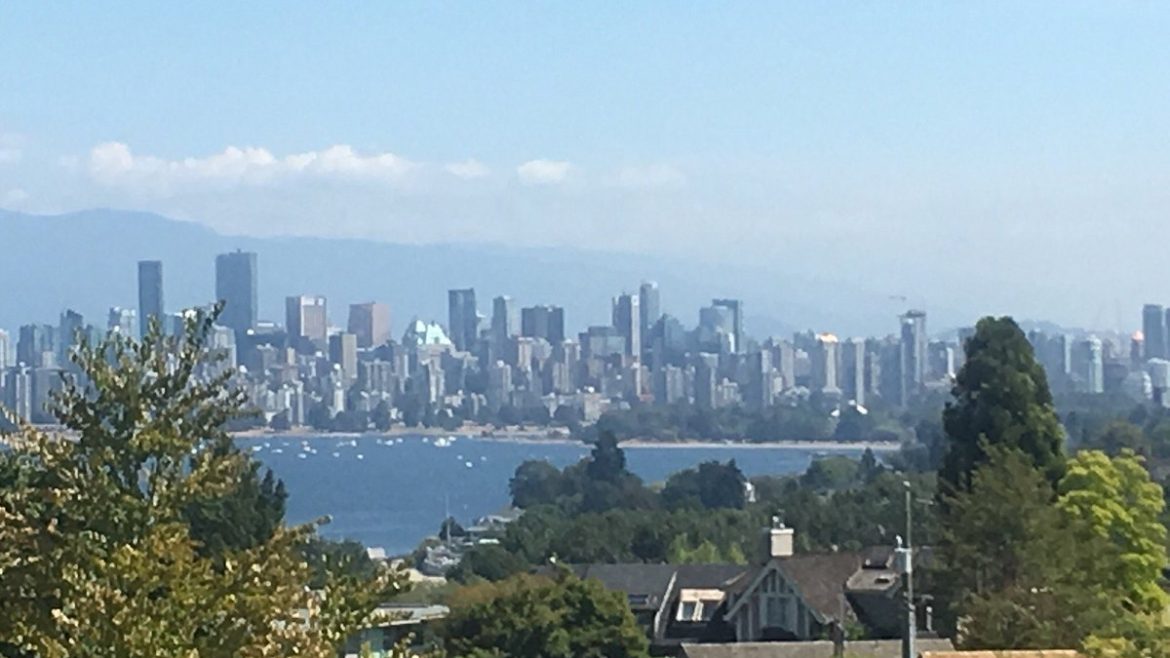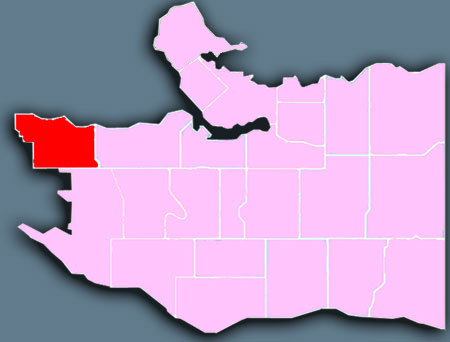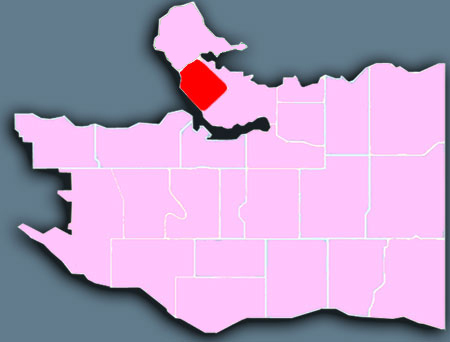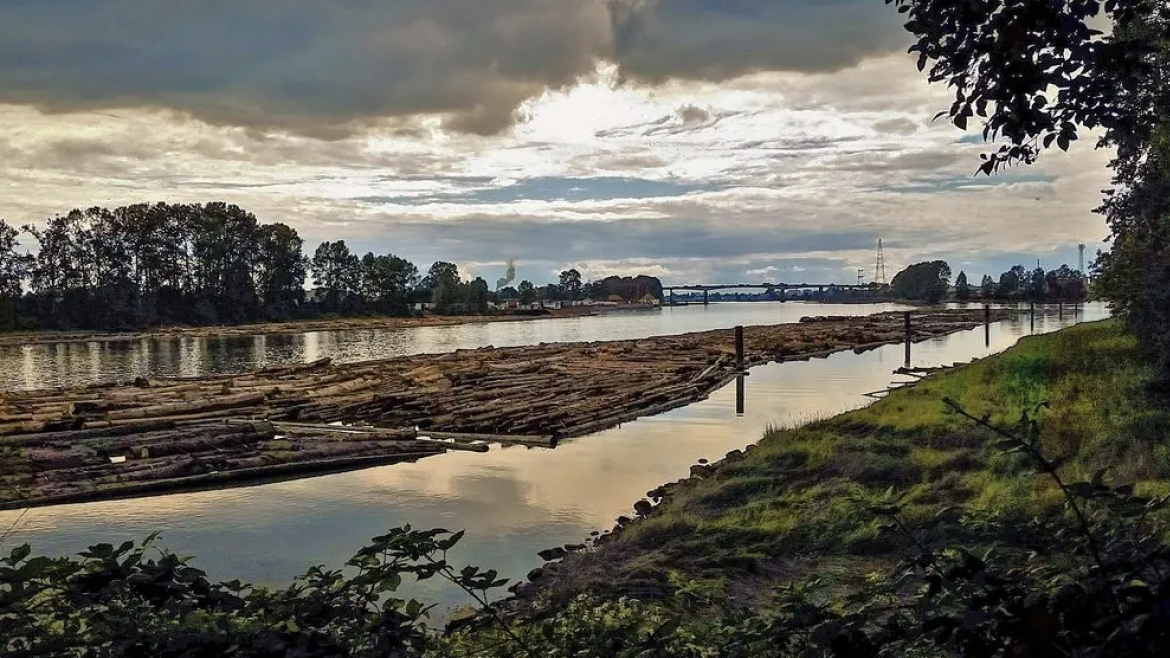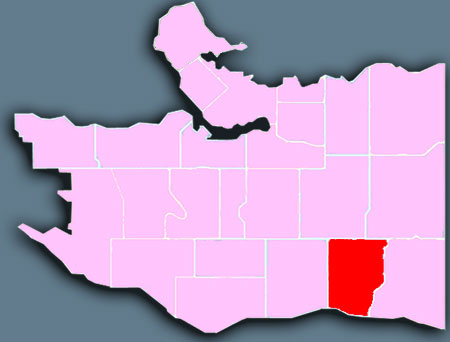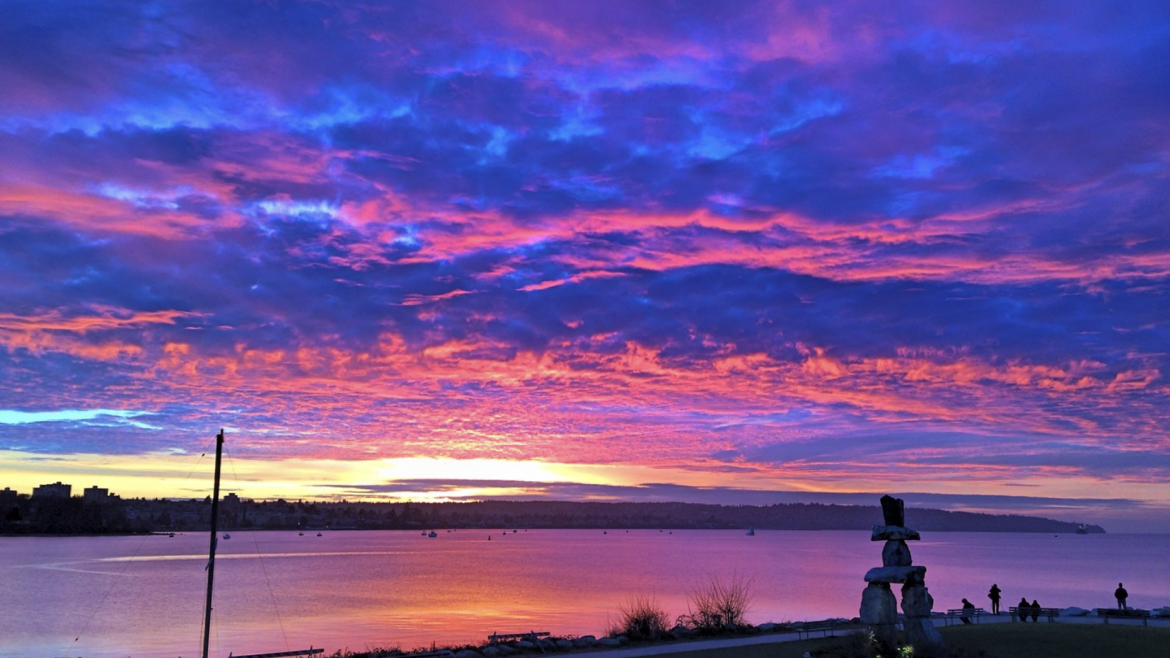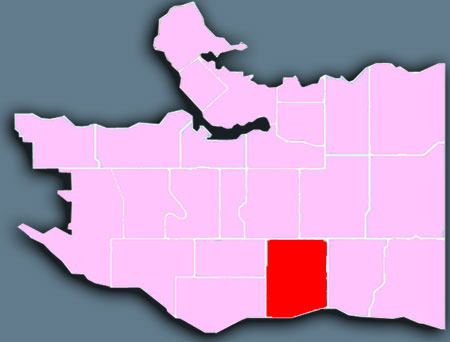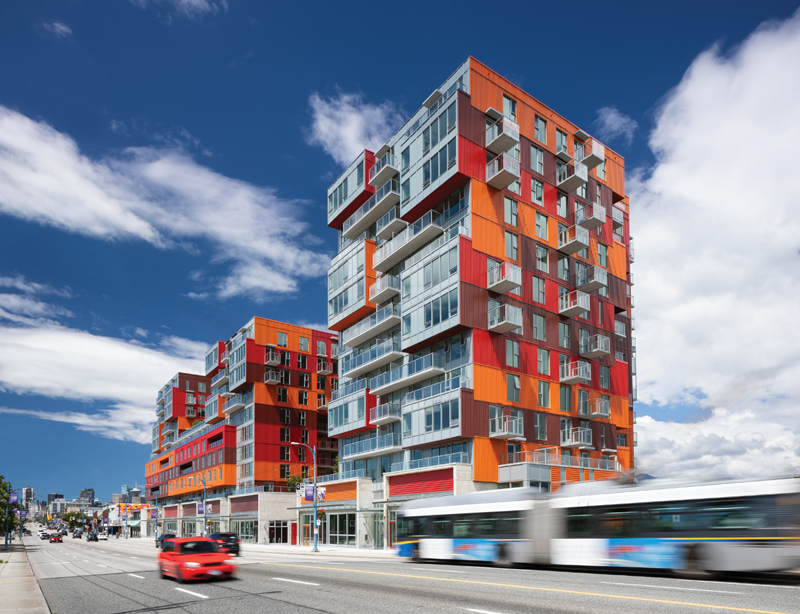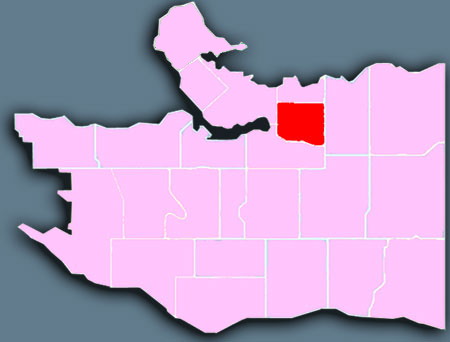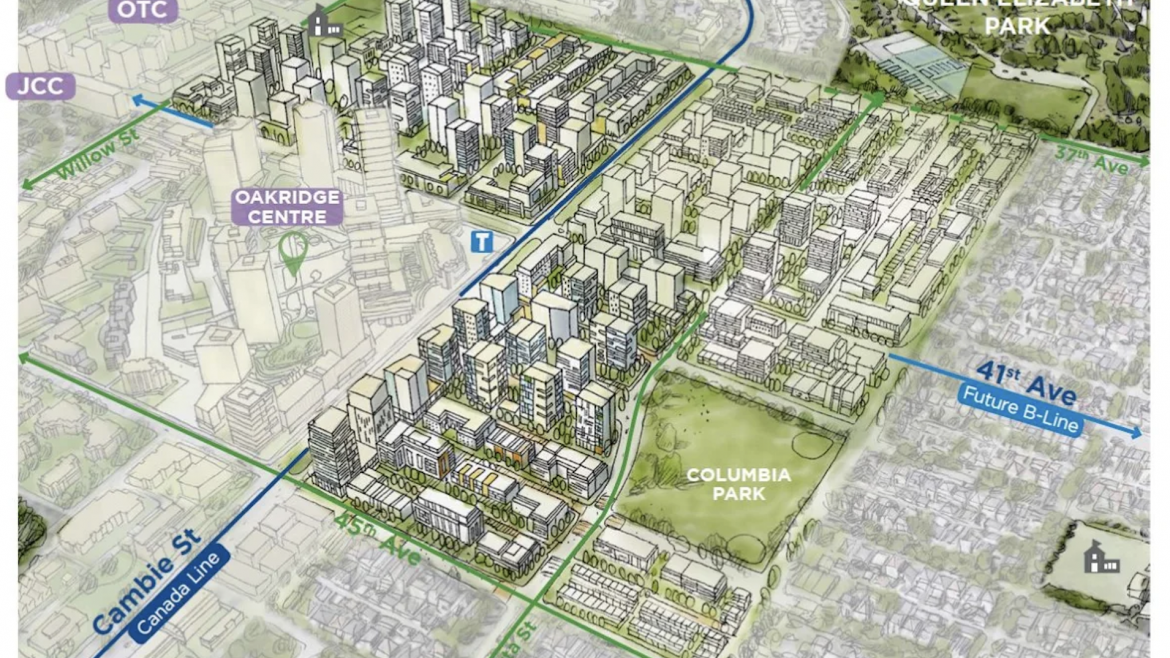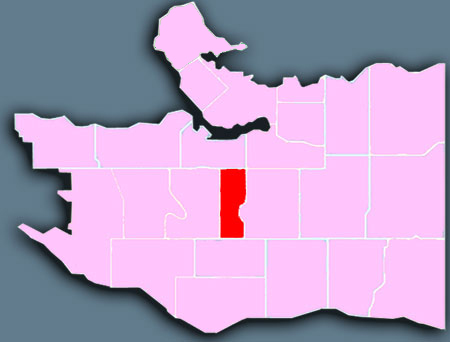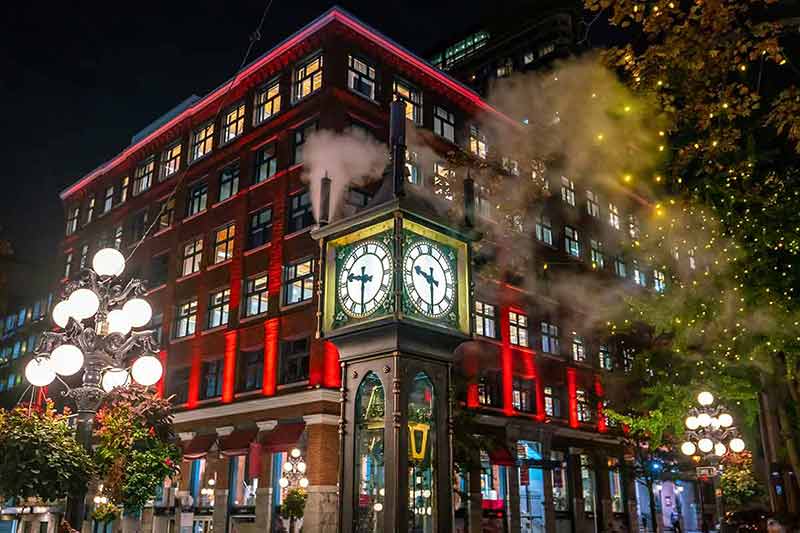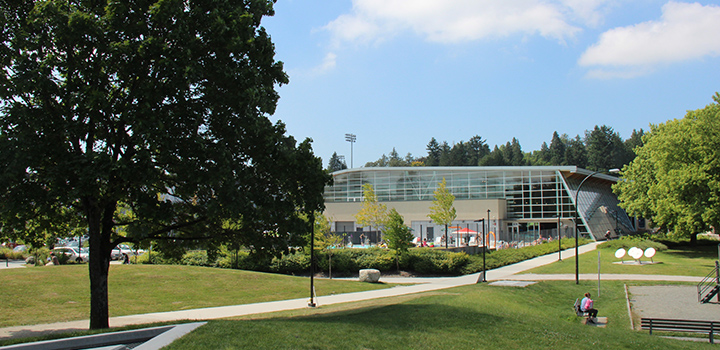Buyers Guide For Your Home North Of The Bridges
Buying a home is likely the largest purchase/investment you’ll make. Especially for first-time buyers, this can mean a lot of pressure and sometimes anxiety. The most important thing any buyer can do is align themselves with professionals that can help them ask and get answers to the right questions along the way.
At the KymBuna group, we know these questions (and we often know the answers, too!) and can make sure our clients have as much information as possible to feel comfortable making this purchase. Not only are we experts in the Greater Vancouver real estate market (including North, East, South, and West Vancouver), but we also pride ourselves on understanding how to work within a client’s unique needs. From the first conversation to viewings to document reviews and the final purchase, we are there at every step.
Our team of knowledgeable and experienced Greater Vancouver Realtors know that buying a property is serious business and we are here to help make the process as smooth as possible. We have created this Buyer’s Guide to help address the big questions that you may have during your home-buying experience.




